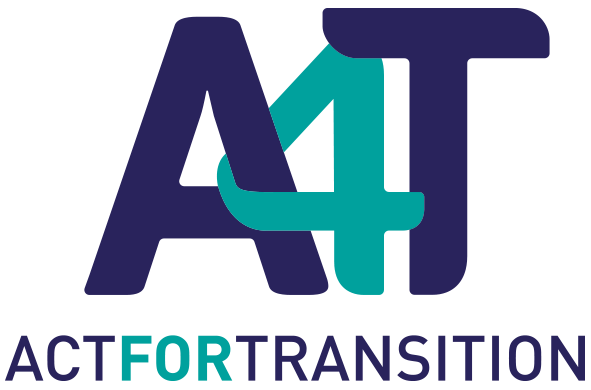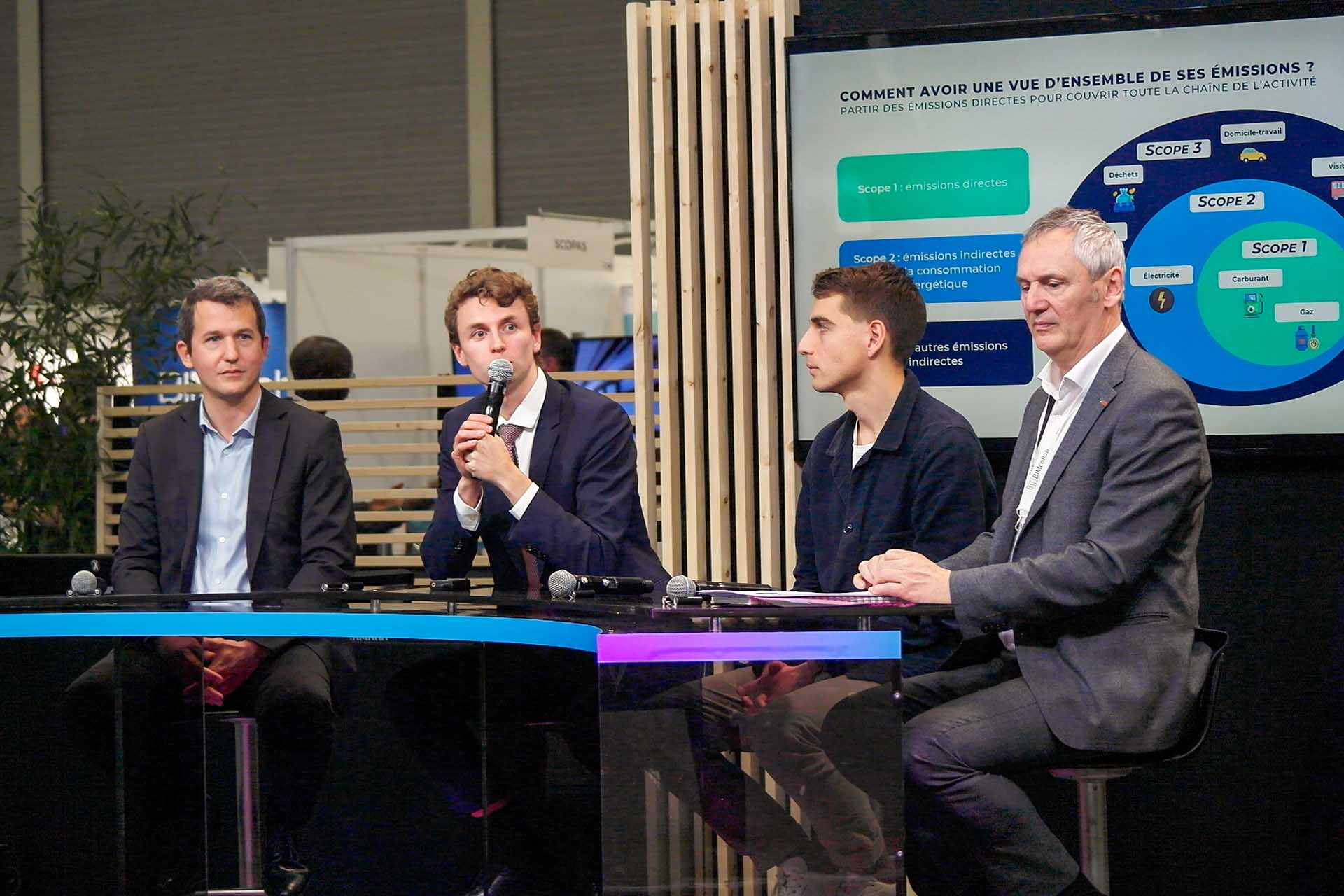Diviser par 6 les émissions sur le territoire est nécessaire pour atteindre la neutralité carbone en France en 2050.
Dans cette perspective, il est crucial que les acteurs économiques réalisent un bilan de gaz à effet de serre (communément appelé bilan carbone) afin de savoir dans quelle(s) direction(s) orienter leurs efforts.
Bilan carbone réglementaire ou BEGES
En France, le BEGES désigne le bilan carbone réglementaire auquel sont soumis par la loi différents acteurs depuis 2010.
1. Périmètre organisationnel
La première étape consiste à définir le périmètre organisationnel, c’est-à-dire à déterminer les sites, installations et compétences prises en compte pour réaliser le bilan carbone d’une organisation donnée.
2. Périmètre opérationnel : scopes 1, 2, 3 ?
Le spectre d’un bilan carbone est plus ou moins large en fonction des catégories d’émissions qu’il intègre.
On distingue trois catégories d’émissions, ou scopes 1, 2 et 3, qui regroupent les différents postes (ou sources) d’émissions.
- Le scope 1 couvre les émissions directes liées à l’activité de l’organisation, produites notamment par les consommations d’énergie fossile des bâtiments et véhicules qui constituent son patrimoine.
- Le scope 2 désigne les émissions indirectes liées à la consommation d’énergie secondaire, telle que l’électricité, la chaleur, la vapeur ou le froid.
- Le scope 3 englobe toutes les autres émissions indirectes, qui sont par exemple issues des achats de produits ou services et des trajets domicile-travail des employés de l’organisation.
Le bilan réglementaire n’inclut que les scopes 1 et 2.
Si le scope 3 est facultatif, l’Ademe enjoint tous les obligés à le prendre en compte.
Pourquoi ? Parce qu’en raison de la multitude de postes d’émissions qu’il couvre, il représente souvent plus de 70 % de l’empreinte carbone d’une organisation donnée.
- Le scope 1 couvrira les consommations d’énergie primaire du bâtiment liées au chauffage, à l’eau chaude sanitaire et aux consommations de carburant de sa flotte de véhicules, auxquelles s’ajouteront les émissions provoquées par l’usage de gaz anesthésiques.
- Le scope 2 comptabilisera les émissions issues de la production de l’électricité qu’il consomme.
- Le scope 3 intégrera les émissions imputables à la fabrication et au transport des médicaments ainsi que du matériel informatique/médical, aux trajets domicile-travail de son personnel, mais aussi aux déplacements des usagers qui viennent se faire soigner.
On voit bien que sans le scope 3, le bilan est incomplet. Les pistes de réduction qu’il ouvre sont limitées.
À titre indicatif, pour améliorer son empreinte carbone sur la base d’un bilan réglementaire, l’hôpital pourra rénover sa chaudière ou éventuellement passer d’un chauffage au fioul à un chauffage électrique (l’électricité étant largement décarbonée en France).
Mais il ne sera pas à même de dire si certains de ses fournisseurs sont très polluants, ni envisager une stratégie pour diminuer les émissions liées aux trajets de son personnel ou de ses usagers.
Pour avoir un bilan exhaustif, rendant compte d’une activité dans tous ses aspects, et notamment l’amont et l’aval de la chaîne de valeur dans laquelle elle se trouve, il est donc vivement recommandé d’intégrer le scope 3 au périmètre opérationnel.
3. Postes d’emissions dans les scopes 1, 2, 3
Voici un tableau répertoriant les 23 postes d’émissions, classés par scope :
| SCOPE 1 | Émissions directes de GES |
| 1 | Emissions directes des sources fixes de combustion |
| 2 | Emissions directes des sources mobile à moteur thermique |
| 3 | Emissions directes des procédés hors énergie |
| 4 | Emissions directes fugitives |
| 5 | Emissions issues de la biomasse (sols et forêts) |
| SCOPE 2 | Émissions indirectes liées à l’énergie |
| 6 | Emissions indirectes liées à la consommation d’électricité |
| 7 | Emissions indirectes liées à la consommation de vapeur, chaleur ou froid |
| SCOPE 3 | Autres émissions indirectes de GES |
| 8 | Emissions liées à l’énergie non incluse dans les catégories « émissions directes de GES » et « émissions de GES à énergie indirectes » |
| 9 | Achats de produits et de services |
| 10 | Immobilisation des biens |
| 11 | Déchets |
| 12 | Transport de marchandise amont |
| 13 | Déplacements professionnels |
| 14 | Actifs en leasing amont |
| 15 | Investissements |
| 16 | Transport des visiteurs et des clients |
| 17 | Transport des marchandises aval |
| 18 | Utilisation des produits vendus |
| 19 | Fin des produits vendus |
| 20 | Franchise aval |
| 21 | Leasing aval |
| 22 | Déplacement domicile travail |
| 23 | Autres émissions indirectes |





